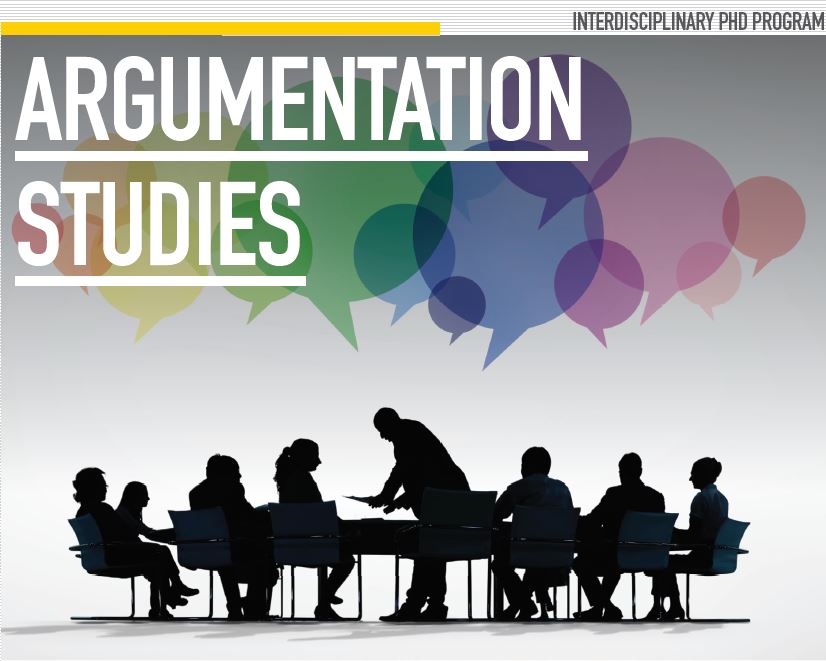Location
University of Windsor
Document Type
Paper
Start Date
18-5-2016 9:00 AM
End Date
21-5-2016 5:00 PM
Abstract
The history of fallacy theory is long, distinguished and, admittedly, checkered. I offer a bird eye view on it, with the aim of contrasting the standard conception of fallacies as attractive and universal errors that are hard to eradicate (section 1) with the contemporary preoccupation with “non-fallacious fallacies”, that is, arguments that fit the bill of one of the traditional fallacies but are actually respectable enough to be used in appropriate contexts (section 2). Godden and Zenker have recently argued that reinterpreting alleged fallacies as non-fallacious arguments requires supplementing the textual material with something else, e.g. probability distributions, pragmatic considerations, dialogical context. Thus fallacies remain gappy on all accounts, and this is the hallmark of their failure. However, I argue that such gappiness is typically unproblematic, and thus no more flawed than enthymematic argumentation in general (section 3). This, in turn, calls into question the usefulness of the very notion of fallacy.
Creative Commons License

This work is licensed under a Creative Commons Attribution 4.0 International License.
Reader's Reactions
Scott F. Aikin, Commentary On Enthymemes and Fallacy Gaps: Commentary on Paglieri (May 2016)
Don’t worry, be gappy! On the unproblematic gappiness of alleged fallacies
University of Windsor
The history of fallacy theory is long, distinguished and, admittedly, checkered. I offer a bird eye view on it, with the aim of contrasting the standard conception of fallacies as attractive and universal errors that are hard to eradicate (section 1) with the contemporary preoccupation with “non-fallacious fallacies”, that is, arguments that fit the bill of one of the traditional fallacies but are actually respectable enough to be used in appropriate contexts (section 2). Godden and Zenker have recently argued that reinterpreting alleged fallacies as non-fallacious arguments requires supplementing the textual material with something else, e.g. probability distributions, pragmatic considerations, dialogical context. Thus fallacies remain gappy on all accounts, and this is the hallmark of their failure. However, I argue that such gappiness is typically unproblematic, and thus no more flawed than enthymematic argumentation in general (section 3). This, in turn, calls into question the usefulness of the very notion of fallacy.


